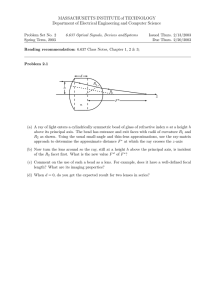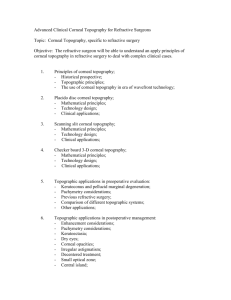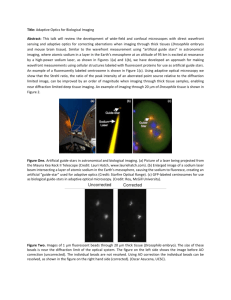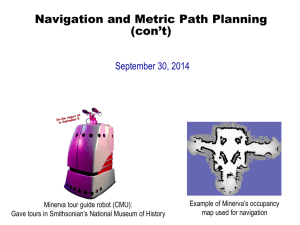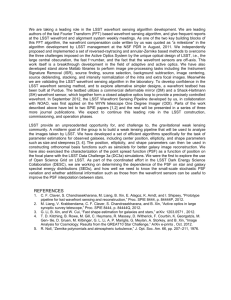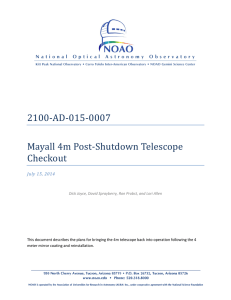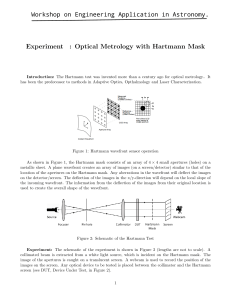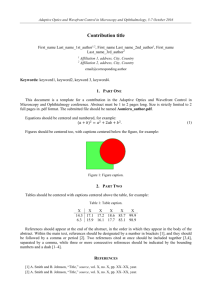outline7863
advertisement
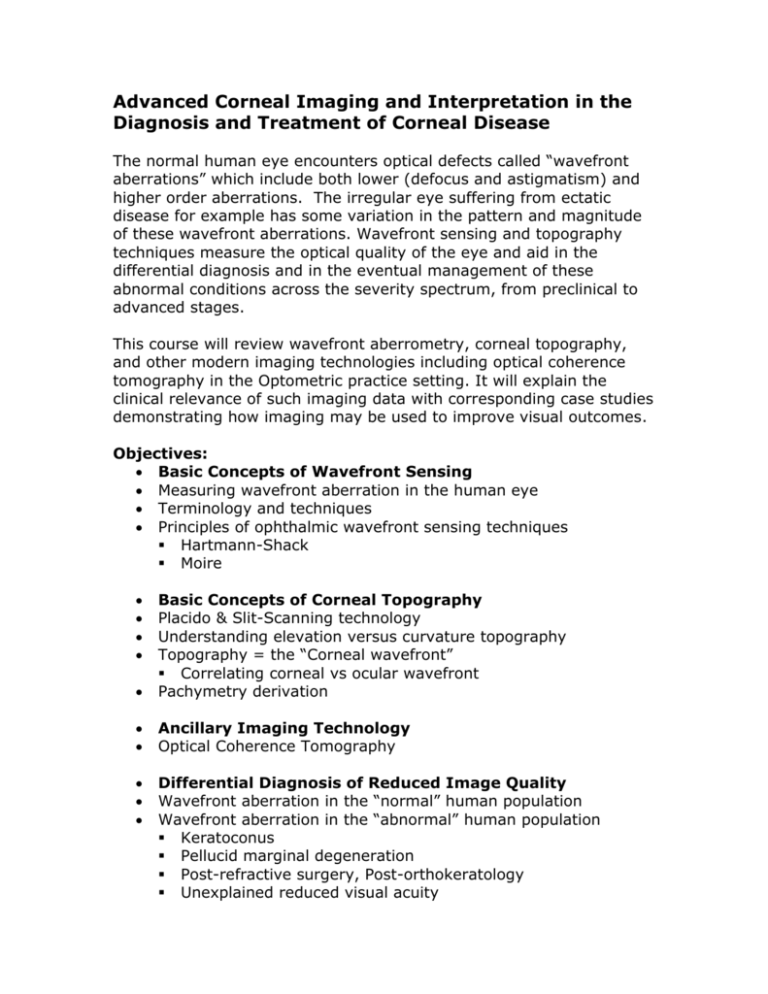
Advanced Corneal Imaging and Interpretation in the Diagnosis and Treatment of Corneal Disease The normal human eye encounters optical defects called “wavefront aberrations” which include both lower (defocus and astigmatism) and higher order aberrations. The irregular eye suffering from ectatic disease for example has some variation in the pattern and magnitude of these wavefront aberrations. Wavefront sensing and topography techniques measure the optical quality of the eye and aid in the differential diagnosis and in the eventual management of these abnormal conditions across the severity spectrum, from preclinical to advanced stages. This course will review wavefront aberrometry, corneal topography, and other modern imaging technologies including optical coherence tomography in the Optometric practice setting. It will explain the clinical relevance of such imaging data with corresponding case studies demonstrating how imaging may be used to improve visual outcomes. Objectives: Basic Concepts of Wavefront Sensing Measuring wavefront aberration in the human eye Terminology and techniques Principles of ophthalmic wavefront sensing techniques Hartmann-Shack Moire Basic Concepts of Corneal Topography Placido & Slit-Scanning technology Understanding elevation versus curvature topography Topography = the “Corneal wavefront” Correlating corneal vs ocular wavefront Pachymetry derivation Ancillary Imaging Technology Optical Coherence Tomography Differential Diagnosis of Reduced Image Quality Wavefront aberration in the “normal” human population Wavefront aberration in the “abnormal” human population Keratoconus Pellucid marginal degeneration Post-refractive surgery, Post-orthokeratology Unexplained reduced visual acuity Poor night vision High ametropia Case Studies Visual impact of rigid gas permeable lens fitting Visual impact of hydrogel/SiH lens fitting Visual impact of corneal surgery
